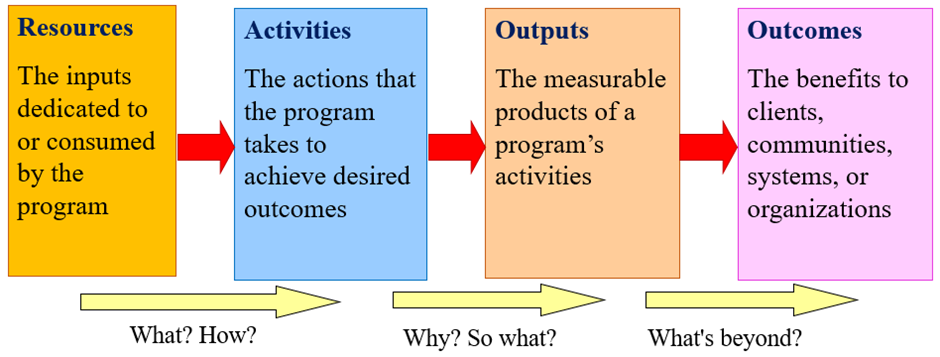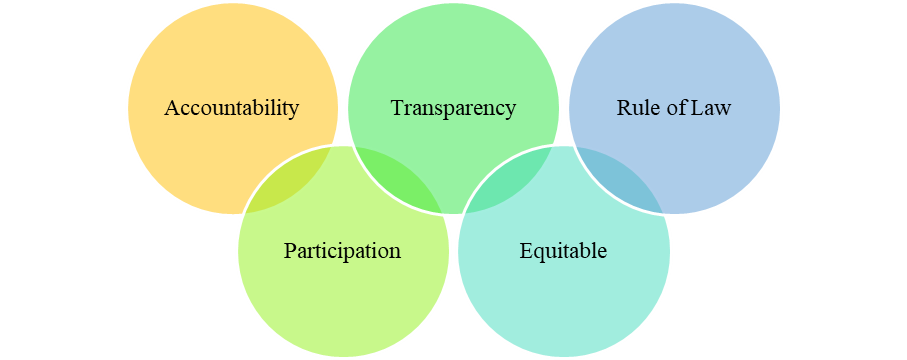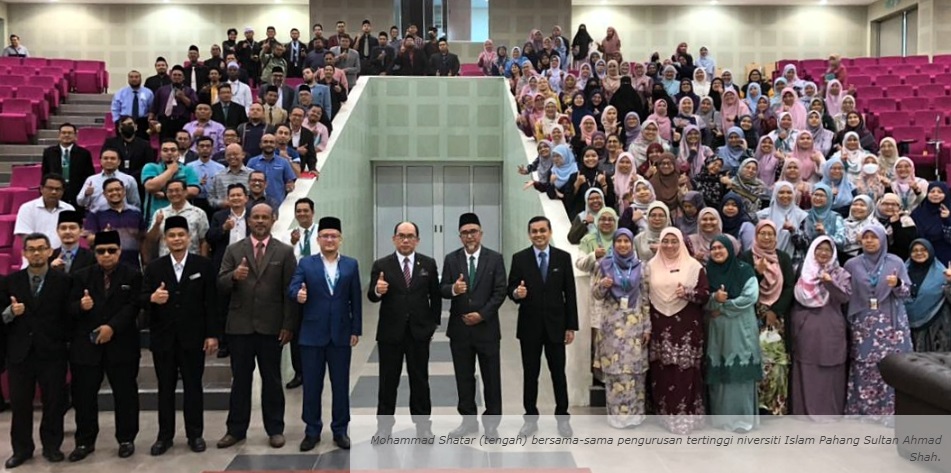|
RELATING QUALITY GOVERNANCE IN THE LFA CONTINUAL MILESTONES
The specific logical framework analysis which is based on specific milestone in quality management can be specified into certain check points to make sure that the progressions of the quality management are following a specific requirement of logical expectation in organizational management objectives. Fundamentally or basically the requirement of the input of core resources that being processed to transform the input into specified output. Based on the product produced or service delivered, it should be evaluated based on the immediate impact or in other words, the quality of output that being produced. Beyond the immediate impact, we will evaluate the outcome or the broad benefit and advantages of a particular program to the stakeholders, including the internal and external customer, the society and the country as a whole. The continual progression based on the milestone of achievement in the quality program is shown in the Figure 6.4.
In long term impact, we should see that the quality management program should be governed so that it would achieve a sustainable and everlasting impact or the benefit of the community, society and the country as a whole. Based on the input aspects of the quality governance, the management of the input will start from the vision and mission of a particular organization to determine the resources required for any particular strategic program or quality management activities. In quality management perspective, quality input management is to ensure the materials and other resources have fulfill the specified standard and condition.
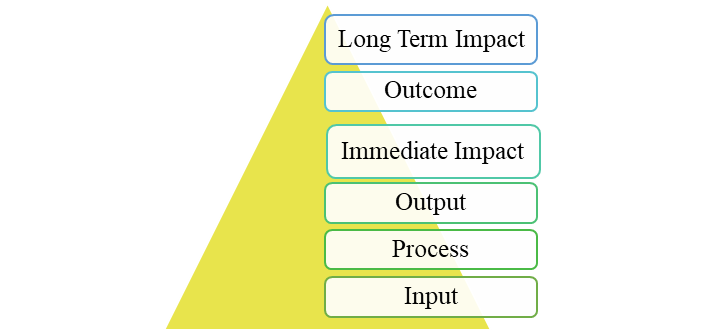
Figure 6.4: Logical (Milestones) Framework Analysis in Quality Governance
The knowledge, and know-how about the process has to be in placed to make sure that the activities can be done according to the activities that being designed to produce a particular output, the infrastructure and facilities be made available to make sure that the activities are ready to be started. The policy, procedures and guidelines need to be specified clearly before any activities can be started. The organizational design and structure need to be determined as part of the management policy to determine the nature or the management style of a particular organization. Beyond the organization, is the network or the relevant parties that is going to get involved to any organizational activities including the entities involved in ensuring the quality management objectives can be achieved in the particular production process or service delivery.

Figure 6.5: Input Management for Quality Governance
The significant involvement of quality governance in the transformational process, the tools and techniques need to be in place to make sure that the process can be started and the activities can progress from one activity to another activities, or from one work unit to another work unit until the end of the process. The quality initiative including the quality control and assurance has to be in place within every activity involved within the process.
The customer charter can be determined to make sure that the product produce is according to what the customer requirement and also the services are being delivered according to the quality promised that being made before the customer decided to accept or purchase the products or services. The benchmarking activities can be happening throughout the process to make sure that the best practice activities in management program can be implemented.
Quality management system (QMS) either it is based on the accredited criteria or any specific management style of an organization design should be part of the process so that every activity can be monitored as what is it required within the criteria or standards that have been specified. The quality working condition or ensuring the quality of work-life within an organization is also important to make sure the process of quality management program can run smoothly as expected.
The concept of continuous improvement or kaizen including the internal quality assurance activities are also important to make sure the processes are very efficient, cost effective and minimum errors, defects and wastages can be assured. The monitoring tools of quality control technique or using the statistical process control (SPC) should be applied accordingly. When we are talking about the output aspects of quality governance, the element of productivity or the quality aspects of any production activities supposed to be ensured. The element of performance monitoring over every activity involved in quality management program should be based on the financial results. The profitability ratio and costing of a particular production and also the monitoring of financial expenditure of every business activity supposed to be specified.

Figure 6.6: Process for Quality Governance
Another entity of production performance indicators is the cycle time. The minimum the cycle time, the lesser will be the cost incurred especially on the perspective of the costs involved or the resources involved within the process. The lean operation can be seen in the result of a particular quality management program where the level of wastages is being lowered and ensured to the minimum level or signal. Seamless process is supposed to be one of the quality management objectives within a particular production process and also service delivered.
Another element of quality output that's supposed to be governed is the level of customers satisfaction in the case of higher education context, the customer satisfaction which by ensuring the quality of teaching and academic program should fulfilled the expectation of the customer and other stakeholders. In a particular quality management program, the quality management objectives supposed to be focusing on the production and minimalizing the level of errors, the amounts of defects, the quantity of rejections, the number of complaints that being received throughout the process supposed to be monitored. Therefore, the quality management objectives of a particular process supposed to be focused on reducing the number of complaints into reduce the number of rejections or product returned.

Figure 6.7: Output Management for Quality Governance
The immediate impact of any organizational activities can be seen from the percentage of business growth or the expansion of business activities. The indicators of management objectives or the quality management performance can be based on the percentage or the size of customer market base. The bigger the size of customer base, the more that the business activities have a quite competitive advantage. The amount of cost reduction can be one of the main indicators resulted from the quality management program either through the lean management process or the kaizen approach. The new product development or the increase in product variety supposed to be one of the indicators of immediate quality management impact. In higher education perspective, the increase number of new programs offered in the market can be an indicator of further expansion of business activities.
The level of employee skills and capabilities can be an important indicator that the impact of quality management program has been achieved. In higher education context, employee development is determined by the competencies of the academic staffs in delivering the teaching and learning activities and also the performance of the administrator’s staff to make sure that an admission service of a particular management of academic program are being reported. The optimization use of resources can be the indicators of quality management achievement and it can be monitored in terms of the amount of resources that are being used to the right and relevant activities to increase the level of productivity with the minimum use of the available resources.
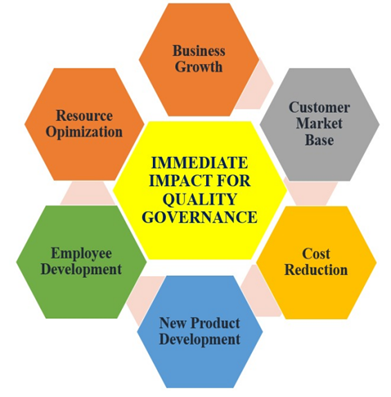
Figure 6.8: Immediate Impact for Quality Governance
So, finally we want to talk about the outcome realization of a particular quality management program can be evaluated based on the reputation building and perception of the stakeholders towards the organization. The increasing number of talents pools is also an indicator of the outcome realization in quality management program where the goals of the business activities is supported by the availability of competent staff to deliver or to execute a particular quality management program.
Beyond customer’s satisfaction and the customer loyalty, the benefit of customer loyalty to a particular business activity will ensure and establish customer base and platform to protect the level of sales and revenue. The product brand image can also be an indicator of the outcome of a particular organizational activity. In higher education context, every program that being offered within a particular discipline and the initiative taken to continuous improvement the quality of the program will enhance the brand image of a particular program when competitive advantage between other higher education institution offering the same program.
The element of business intelligence can also be achieved where every customer's complaint can be addressed to solve the problem or issues regarding the product or the service delivery. The element of integrity and the accomplishment of task responsibility can be the important outcome realization of a particular quality governance activities. The employee engagement has been always important to make sure that every activity of a manufacturing activities and services delivery can be delivered by the competent and loyal staff.
Value creation on a particular product innovation is also very useful to make sure that the customers are being given variety of choices to start or continue business activities with the organization. In higher education context, the value creation is determined by the amount of fees charged to the customer and the learning experience that are being gained by the customers.
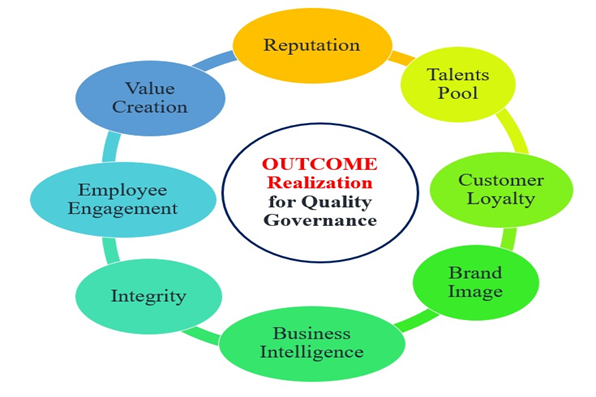
Figure 6.9: Outcome Realization for Quality Governance
Therefore, the fundamental aspect of the logical framework analysis in quality governance in the end of the day are being monitored and scrutinized by an effective management of information system and will efficiently process of knowledge management. This is to ensure that factual information shall correct and reliable are being shared throughout the organization activities and the people at all levels of the organizational activities.
The quality of information that being shared will ensure that the right decision-making is being made to ensure the quality management activities can be implemented according to the plan. In higher education context, the management of every information system will ensure an effective management process of either service delivery or quality of academic program and also to make sure that the application of the required technology will increase the efficiency and effectiveness of a particular organizational activities.

Figure 6.10: Logical Framework Analysis in Quality Governance
Finally, the contributions of quality governance to mankind are the human development organization, where every employee and workforce involved in organizational activities supposed to develop their knowledge, skills and attitudes towards producing higher level of productivity with the assured level of quality product and services. In the aspect of organizational development, the higher quality standard, establish brand image reputation and sustainable performance results will guarantee the organization excels and to grow according to their strategic vision and mission.
The quality culture can be developed within the organization where every organization member including the top management, middle managers, and also the operational workers have a very strong belief in quality management and its benefits. The quality initiative activities are happening throughout the organization and the visible quality concern can deliver in everyone within the organization either internally or being demonstrated explicitly. The spill over benefits of quality management is to improve the quality of products and services that is made available to the customer and the entire society and community either they are directly or indirectly involved or affected within organizational activities.
In high education and academic industry, the quality governance will ensure the social development of a particular community can also being seen. Beyond physical and financial benefit of the quality management program, the quality governance will enhance the spiritual development or the attitudes towards religiosity or the organizational members. The stronger the spiritual development, the higher will be the level of integrity and accountability within an organization. Finally, quality governance will ensure a quality of life of everyone involved within the business activities including the internal and external customers on the aspect of quality of working life and also the personal life of every individual involved.
|














